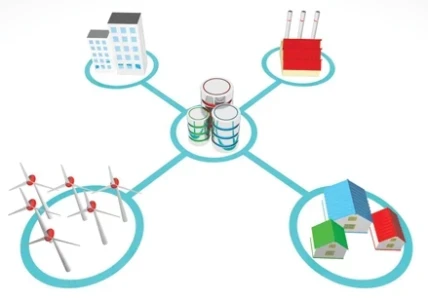AMI Enterprise Integration

Setting the foundation for Smart Grid enterprise enhancements
BY SCOTT STEIN, Utility Integration Solutions, Inc.
Integration of the advanced metering infrastructure (AMI) host system and meter data management system (MDMS) into the utility enterprise is critical to set the foundation for future Smart Grid enterprise enhancements. However, methodologies to define, design, build and test this integration are not “one size fits all”. To assume that the ‘standard’ methodology, tools, business process definitions and technology that were used successfully at other utilities will blindly produce the desired efficiency and quality for the next utility is naïve.
While it is true that there can be advantages to a common methodology or industry specification, care must be taken to avoid forcing the business to adopt processes simply in the name of “best practices”. At the same time, ignoring advantages of a methodology or common industry specification is even worse.
Successful AMI enterprise integration efforts take the time in advance to establish an integration plan. The plan establishes an efficient and effective foundation for future phases of integration.
Planning AMI Enterprise Integration
Five key planning elements to ensure success
• Establishing the enterprise architecture and integration roadmap to ensure proper selection and use of AMI integration methods
• Implementing a Design Review Board to ensure that the roadmap is followed by all participating staff and integration vendors
• Selecting appropriate AMI market integration standards and vendor-provided adapters to reduce design customizations
• Integrating and harmonizing vendor design methodologies to remove redundancy and variance
• Application of a dynamic test approach to reduce risk in integration quality and timely delivery
Enterprise Architecture Integration Roadmap Consider your experience in previous integration efforts. Typical approaches define the scope of the business processes required to meet the business case. Then, these business process functional integration elements are defined and distributed amongst the various supporting vendors. In the initial phases, this typically includes at a minimum customer information system (CIS), MDMS, and AMI vendors.









